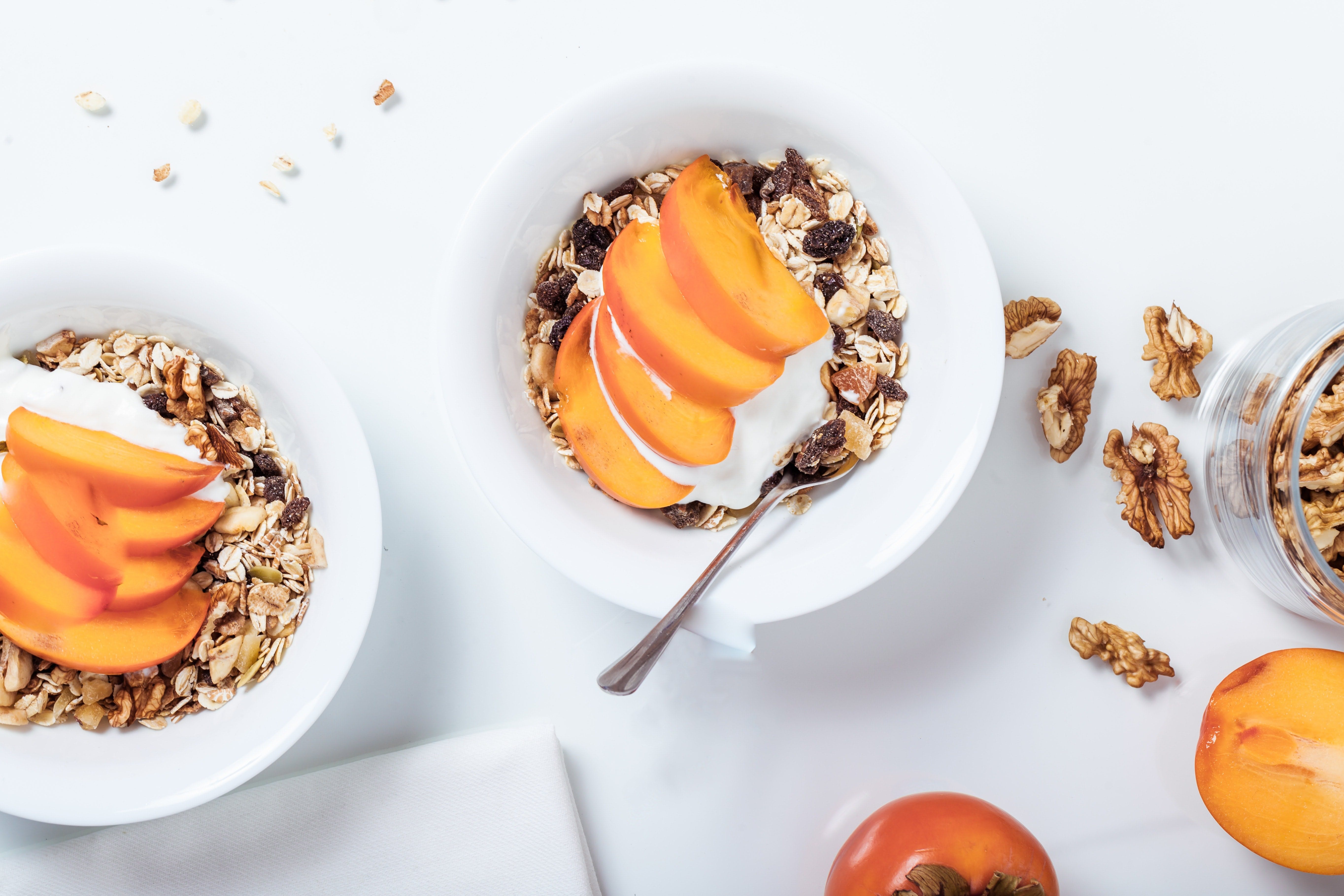Sofia Kumpumäki
May 13, 2019 2:00:00 AM
A problem facing many brands that are working on upholding an online and social media presence is the lack of content. Or the problem isn’t the lack of content, but rather the need to spend a tremendous amount of time creating new and relevant material. Luckily, there is a great practical and time-saving solution that many seem to overlook, and it’s all about working smarter and not harder.
In fact, one of the most efficient ways for brands to ensure they always have great content to post across social media is to re-use posts they've paid influencers to create or that customers and users have shared on their own accord. Better yet, there are several ways a brand can reuse content both on social media and as regular ads. In turn, this allows brands to reach a much broader target group than originally intended. We would argue and say that repurposing content should be a part of every serious long-term social media marketing strategy. And that is why we’ve decided to create this comprehensive guide on how to recycle content.
Different Types of Content That Can Be Reused
We need to start off by discussing the different types of posts and content that brands can reuse. It’s important that you understand the differences since certain types of posts and content is better suited for certain strategies, and using the right material is essential to succeeding.
Later, we’ll move on to cover different ways to repurpose the content.
Reusing Influencer Content
The most common and popular content that brands tend to reuse is content that was created by influencers.
As you probably already know, influencer marketing has proven to be one of the most efficient marketing strategies of our time. Unfortunately, most brands don’t use the material they pay for to its full potential.
The issue is that most ads will only be used by the influencer once. After the content has been posted and the campaign is over, the influencers will move on to work on other projects. Naturally, that doesn’t mean the content has lost its value, rather the opposite.
You see, when a brand hires an influencer to create content, they will receive really well-made and targeted content that is intended for their potential customers. And there is no reason why you wouldn't want to post influencers’ posts on your own channels.
Moreover, there is a high probability that you and the influencers you hire have a different following, meaning many of your followers won’t have seen the posts before. Therefore, the risk of coming off as repetitive is small.
This method works for most social media platforms and other channels where influencers might be active, but more about that soon.

Photo by Alexander Mils from Pexels
Making Use of Customer Content
The second most common type of content that you can use is your own followers and customers.
Today many consumers are quick to share their latest purchases and the products they like across social media even if they aren’t influencers. For example, it’s common for customers to share Instagram Stories while out shopping. You'll also find customers taking pictures of their favorite products or even making videos of themselves unwrapping items they’ve ordered.
Naturally, this type of content is a gold mine for brands.
First off, the content is almost always real, meaning the customer will share their actual opinion and excitement. Often times their posts are also less edited and “professional looking” than sponsored posts, and few things are as effective in today’s society than raw content.
Secondly, consumer content is free and readily available, which is beneficial for several obvious reasons. Consumers also tend to be very excited about brands sharing their posts as long as you tag them or make them aware that you are reusing their content.
However, the best part is that this type of content is easy to find. Since people tend to tag the brands they’re talking about, you’ll be notified about it automatically. Otherwise, a quick search for your brand name can be enough to find an endless selection of content regardless of the platform you prefer.
Note that even though this method is highly efficient, it’s only available to established brands with existing customers. Newer brands will have to stick with the first method.
Let us do a quick recap before we get into the nitty-gritty.
Generally, there are two types of content that brands can and should consider reusing across their own channels. The first one is content created by influencers, i.e. sponsored posts that the brand has already paid for. The second type is content that customers are creating naturally and that is free and readily available.
With that out of the way, let us now take a look at how to best implement and repurpose influencer marketing posts.
Resharing Posts on Social Media
The easiest and most popular way to reuse content is to re-publish it on the same platform that it was originally intended for.
For example, if you hired an influencer to create a series of Instagram posts, you can re-post those exact same posts on your own Instagram account. The same goes for Instagram stories and other platforms such as YouTube, Snapchat, and even Twitter.
The main benefit of doing this is simplicity. Not only do all the major social media platforms make it easy to republish content, but since the posts were originally designed for that specific platform, they have a bigger chance of working again.
It’s up to you if you want to share the content as is or if you want to redesign it. For example, you can use an influencer’s image and incorporate their caption as a quote on the image, or you can combine several images and videos into one. Obviously, you can also use content on new platforms by sharing a Facebook post on Instagram or using and Instagram image in a blog post.
When it comes to reusing content, the sky's the limit.
Repurpose Influencer Content for Ads
In addition, social media content, reviews, and posts can be used as a frame for other digital ads. If you’ve run a campaign with an influencer that excelled in creating aesthetically pleasing photographs, those same photographs could be used for an ad.
At the same time, influencer and customers reviews of your products can be quoted to help promote your brand and provide other potential customers with real-life opinions about your products.
Few things are as convincing for consumers as reviews from other consumers, and by implementing it the right way, you can help make your brand seem more trustworthy.

Photo by Matt Hardy from Pexels
The Risks Facing Brands That Reuse Content and Tips On How To Avoid Them
With all this being said, reusing content isn’t always the best option and in certain cases, it might not even be acceptable.
As a general rule of thumb, content that has been published by your consumers that also tagged your brand in the said posts can be reused without permission. Although, it is courtesy to re-tag the creator. As mentioned, most of your customers will be delighted that you chose to highlight them, and you shouldn’t expect any backlash.
With influencers, things might be a bit different. Let’s not forget that influencers are marketing experts and that they put a lot of hard work into making the posts and recommendations you’re looking for. Because of that, not all influencers are okay with you reposting their content, especially not without consent.
In order to avoid any conflicts of interest, we encourage you to discuss the possibility of you reusing content with the influencer before you start the campaign. In other words, include it in the contract.
If that’s not an option, you have to at least ask for permission before reusing any content that was created for you otherwise you might face issues related to copyright infringement.
The other risk is that reusing content can come off as spammy and repetitive if it’s done too often. However, that is easily avoidable by combining your own material and posts with repurposed content.
Update and Upcycle Your Own Content
Finally, we want to encourage you to update and publish your own material, as long as it’s relevant.
Remember that Instagram post that outperformed all of your other posts? Chances are that it could provide the same results, and even better if posted again. You can also flip the concept over and reuse your own material as sponsored posts. Instead of hiring influencers to create new content, you can provide them with images you already have and like, thus saving yourself and the influencer work.
Pro tip! To ensure that your reused content feels as natural as possible you can opt to post it as a throwback and use the hashtag #throwbackthursday. By doing so, you eliminate any confusion as to why you are repurposing content.
Header by Marcelo Chagas from Pexels